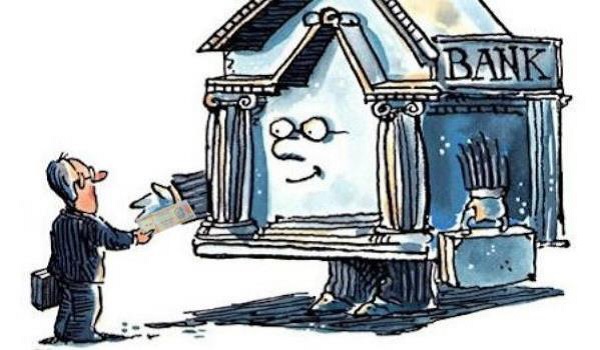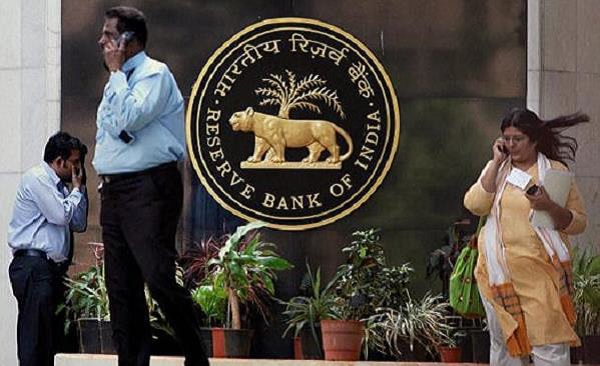Introduction
- Money is a commonly accepted medium of exchange.
- Economic exchanges without the arbitration of money are called barter exchanges.
- Barter exchanges become extremely difficult in large economies because of the high costs people would have to incur looking for suitable persons to exchange their surpluses with.
- Money also acts as a convenient unit of account. The value of all goods and services can be expressed in monetary units.

- Money is not perishable and its storage costs are also considerably lower. It is also acceptable to anyone at any point of time. Thus money can act as a store of value for individuals.
- Any asset other than money can also act as a store of value. For example, real estate, precious metals, livestock, stock, etc.
- There are mainly two main reasons why people want to hold money. The reasons are as follows −
- Transaction motive
- Speculative motive
- Bonds are papers bearing the promise of a future stream of monetary returns over a certain period of time.
- Speculative demand for money is inversely related to the rate of interest.
- If supply of money in the economy increases and people purchase bonds with this extra money, then −
- Demand for bonds will go up
- Bond prices will rise, and
- Rate of interest will decline
Forms of Money
- The balance in savings and deposits in current account, held by the public in commercial banks is also considered money. These deposits are called demand deposit.
- Deposits which are fixed for a particular period of time and can only be drawn at the time of maturity are known as time deposits.
- Every currency note bears on its face a promise from the Governor of RBI that if someone produces the note to RBI, or any other commercial bank, RBI will be responsible for giving the person purchasing power equal to the value printed on the note and coin.
- Currency notes and coins are called fiat money. They do not have intrinsic value like a gold or a silver coin. They are also called legal tenders as they cannot be refused by any citizen of the country for settlement of any kind of transaction.
- Demand deposits (cheques) can be refused by anyone as a mode of payment. They are not legal tenders.
Reserve Bank of India
- RBI not only acts as a banker to the commercial banks. It also acts as a banker to the government of India and the state government.
- In India, the currency notes are issued by the Reserve Bank of India (RBI), which is the monetary authority in India; however, the coins are issued by the Government of India.

- When RBI purchase or sell government securities to the general public in a bid to increase or decrease the stock of high powered money in the economy is called Open Market Operation.
- Bank rate is the rate of interest on which RBI lent money to the commercial bank at the time of shortage of reserves.
- If the rate of Cash Reserve Ratio (CRR) and Statutory Liquid Ratio (SLR) increases or decreases, then it leads to a decrease or an increase the value of the money multiplier and money supply in the economy.
Money Supply
- The total stock of money in circulation among the public at a particular point of time is called money supply.
- According to RBI, there are four alternative measures of money supply known as M1, M2, M3 and M4.
M1 = CU + DD
- CU refers to the currency held by the public and DD refers to the net demand deposits held by commercial banks.
- M2 = M1 + Post Office Savings Deposits.
- M3 = M1 + Time Deposits with commercial banks.
- M4 = M3 + Total deposits with Post Office savings organisations (excluding National Savings Certificates).
- M1 and M2 are called narrow money and M3 and M4 are called broad money.
- M3 is the most commonly used measure of money supply. It is also known as aggregate monetary resources.
- Money supply will change if the value of any of its components such as CU, DD or Time Deposits changes.
Other Facts
- The Currency Deposit Ratio (CDR) is the ratio of money held by the public in currency to that they hold in bank deposits.
- The Reserve Deposit Ratio (RDR) is the proportion of the total deposits commercial banks keeps as reserves.
- The Cash Reserve Ratio (CRR) is the deposits that banks must maintain with the RBI.
- The Statutory Liquidity Ratio (SLR) requires the banks to maintain a given fraction of their total demand and time deposits in the form of specified liquid assets.
- Commercial banks can borrow money from RBI at bank rate when they run short of reserves. High bank rates make borrowing from RBI a costly affair.
- The rate of interest offered by the bank to deposit holders is called the borrowing rate and the rate at which banks lend out their reserves to investors is called the lending rate.
- The difference between borrowing rate and lending rate is called spread.
- The creditworthiness of a person is judged by his/her current assets or the collateral (a security pledged for the repayment of a loan) he/ she can offer.
- The total liability of the monetary authority of the country, RBI, is called the monetary base or high powered money.
- High powered money then consists of currency held by the public and reserves of the commercial banks, which include vault cash and banks’ deposits with RBI.
- The total amount of deposits held by all commercial banks in the country is much larger than the total size of their reserves. If all the account-holders of all commercial banks in the country want their deposits back at the same time, the banks will not have enough means to satisfy the need of every account-holder and there will be bank failures.
No comments:
Post a Comment